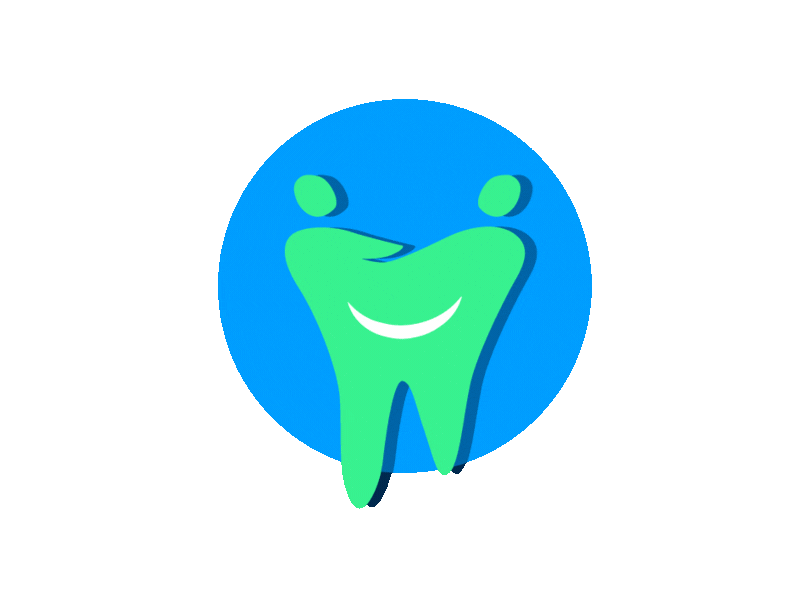Tooth Removal
Why Choose Dovers Dental Clinic for Tooth Removal in Lekki?
Relieving dental pain starts with choosing a reliable extraction team. At Dovers, we offer tooth removal in Lekki that addresses problematic teeth efficiently, using modern methods to ensure quick healing and comfort for Lagos patients.
What Necessitates Tooth Removal?
Tooth removal becomes necessary when teeth are too damaged or pose risks to surrounding structures. In Lagos, untreated decay and wisdom tooth issues are common triggers. At Dovers Dental Clinic in Lekki, we assess each case to perform extractions that protect your overall oral health.
What is tooth removal? It’s a dental procedure to extract a tooth—either simple (loose teeth) or surgical (impacted or broken)—using specialized tools under anesthesia. At Dovers, we ensure safe, efficient extractions for Lagos patients, minimizing pain and promoting fast recovery.
The Tooth Removal Process at Our Lekki Clinic
Our process begins with digital X-rays to plan the extraction. After numbing the area, we use forceps or surgical tools to remove the tooth, depending on its condition. Post-extraction, we provide detailed aftercare tips—ice packs, soft foods, and rest—to speed recovery. At Dovers in Lekki, extractions are quick and comfortable for Lagos patients.
Benefits of Tooth Removal at Dovers Dental Clinic
Tooth removal isn’t just about extraction—it’s about protecting your mouth. By removing problematic teeth, we halt pain and infection spread, preserving your dental health. At Dovers in Lekki, our expert approach ensures Lagos patients heal fast and feel better sooner.
Signs You Might Need Tooth Removal
These symptoms suggest a tooth may need removal to prevent worsening issues. At Dovers Dental Clinic in Lekki, our tooth removal services address these problems swiftly, ensuring Lagos patients avoid complications like abscesses or misalignment.
Why Prompt Tooth Removal Matters
Untreated dental issues can escalate—studies link abscessed teeth to heart disease risks if bacteria spread. At Dovers, our tooth removal in Lagos eliminates these dangers early, offering peace of mind and a swift return to normalcy for patients.
Book Your Tooth Removal Appointment Today
Ready to remove that problem tooth? Schedule your extraction now and see why Dovers is the leading choice for tooth removal in Lekki and Lagos.
Questions about tooth removal? Contact our expert team at Dovers Dental Clinic for personalized advice and support.


